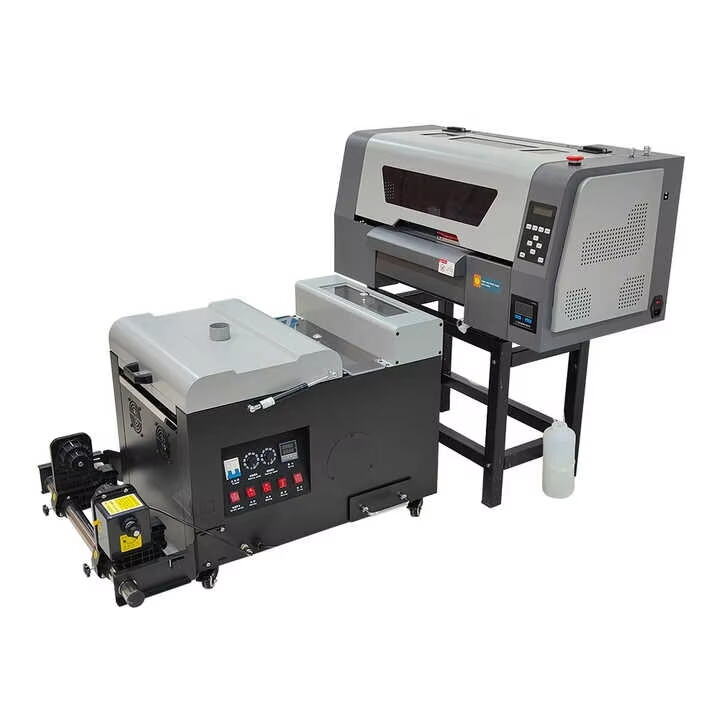flash dryer for screen printing
A flash dryer for screen printing is an essential piece of equipment designed to quickly cure ink on printed materials through intense heat exposure. This specialized drying system utilizes infrared heating technology to rapidly cure plastisol, water-based, and other types of inks used in screen printing processes. The unit typically consists of a powerful heating element, temperature controls, and an adjustable head that allows for precise positioning over the printed surface. The flash dryer operates by emitting concentrated heat at specific temperatures, usually ranging from 250°F to 900°F, which effectively cures the ink without damaging the substrate. Modern flash dryers come equipped with digital temperature controls, timer functions, and safety features to prevent overheating. These units are particularly valuable in multi-color printing operations, where each color needs to be partially cured before applying the next layer. The design typically includes a sturdy stand with adjustable height settings, allowing for accommodation of various substrate thicknesses and ensuring optimal distance between the heating element and the printed surface. Flash dryers are available in different sizes and power outputs to suit various production needs, from small workshop operations to industrial-scale printing facilities.


